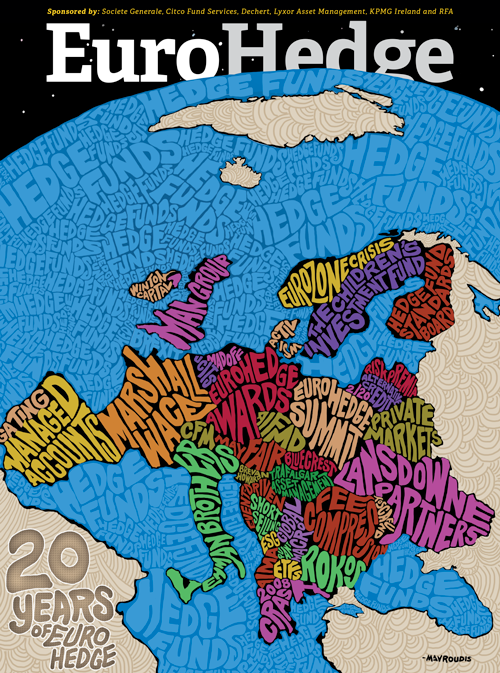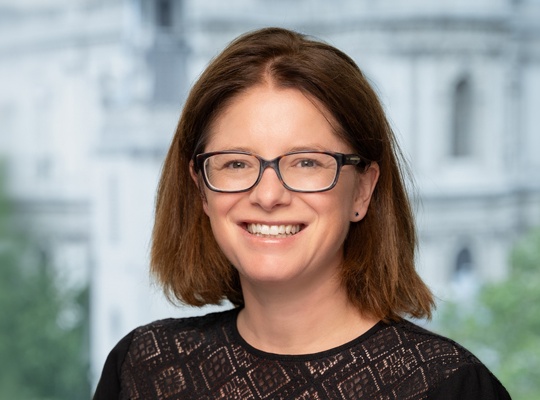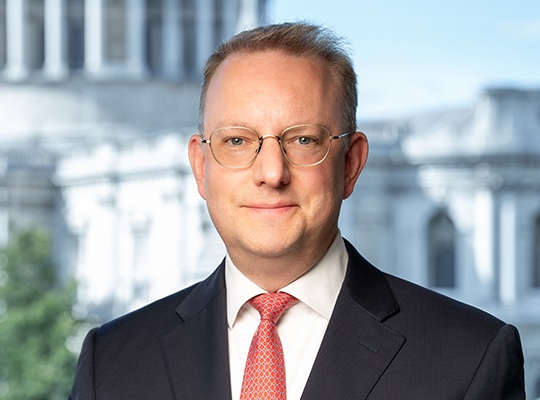Eurohedge 20th Anniversary: Q&A with Dechert Lawyers Gus Black and Abigail Bell
Over the past 20 years, Europe’s community of hedge funds has grown into an industry managing more than half a trillion dollars in offshore funds and more still via UCITS and other product types. This special edition of EuroHedge takes stock of the industry’s progress so far, explores its present and looks forward to what the future holds.
As part of the report, Dechert partners Gus Black and Abigail Bell sat down with EuroHedge Editor Will Waineright to discuss the significant changes in the industry over the past 20 years and the legal impact on hedge funds.
How has the hedge fund industry changed in the past 20 years?
Gus: We set up our London funds practice back in 1997, so, as a firm, we have watched this industry mature from both sides of the Atlantic over more than two decades. Processes have become much more sophisticated on pretty much every front. There is a much greater regulatory overlay, more transparency and a greatly diversified manager and investor universe.

How does the fund formation process compare today to 20 years ago?
Abigail: The type of investor allocating to hedge funds has changed significantly. Family offices, funds of funds and high-net-worth individuals have been joined by pensions, foundations, insurers and other large institutions on a global scale. They often have their own commercial, legal, regulatory and tax requirements. Start-up fund managers will often be engaged with their seed investor from a very early stage, and the overall fund formation process can be heavily negotiated.
What about from a jurisdictional perspective?
Gus: We have domiciled funds the world over, but Cayman still represents the most common hedge fund domicile. That said, as the investor base has diversified, we had to develop structures that can be marketed and accessed by different types of investors in different locations and that can involve different jurisdictions. We do a lot of structuring in the US, across Europe and increasingly Asia, depending mostly on the target investor requirements and distribution plan.
What is the situation now in terms of liquidity management?
Abigail: There is more scrutiny to ensure that the liquidity terms match the liquidity of the underlying portfolio. Many investors will push for additional liquidity management tools in documents because they have seen the value of them, particularly following the global financial crisis.
What was the impact of regulation imposed after the crisis?
Gus: One impact from a documentation perspective was disclosure, which in simple terms has boosted transparency. As the regulatory environment has changed, the whole approach to compliance and its cultural significance within firms has changed. Much of the cultural change would probably have been pushed for by investors regardless, as the industry became more sophisticated.
Gus: The introduction of AIFMD has created operational challenges. Managers have been required to adapt their systems and controls to comply with the risk management and reporting requirements as well as impacting on remuneration arrangements and fund distribution.
More stringent capital requirements applicable to prime brokers have impacted on their trading relationships with funds. Markets regulation including Mifid II has changed the manner in which funds buy and use research as well as trading processes including reporting, best execution and record keeping. EMIR has impacted on the way in which OTC derivatives are traded as well as introducing additional reporting requirements.
What are current industry priorities?
Abigail: For investors and regulators, I would say transparency. Investors are interested in their exact exposures and not just whether they are invested in “hedge funds” or some other blanket term. Funds will struggle if they are not transparent about what they invest in. Regulators are looking more at substance in terms of tax, operations, accountability and a raft of other areas. Where people are based, where is the core of the operation located? It is very different from 20 years ago.



